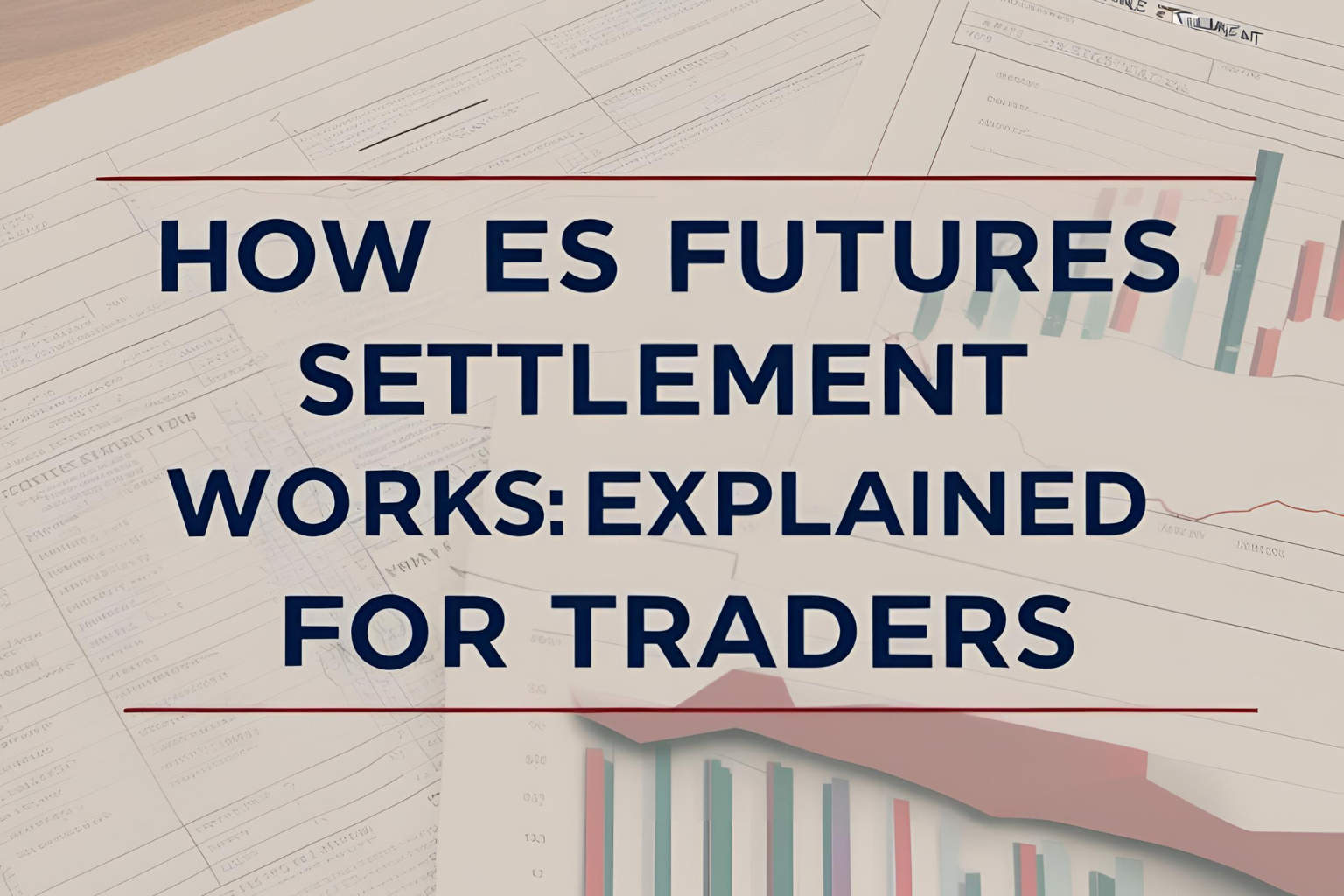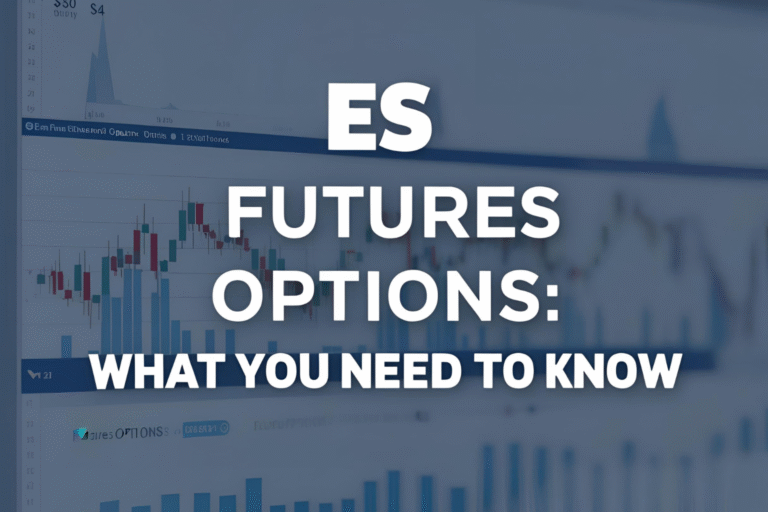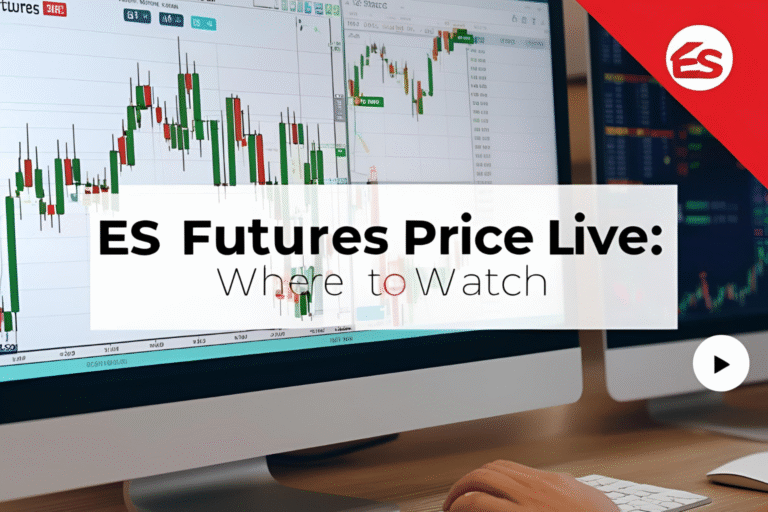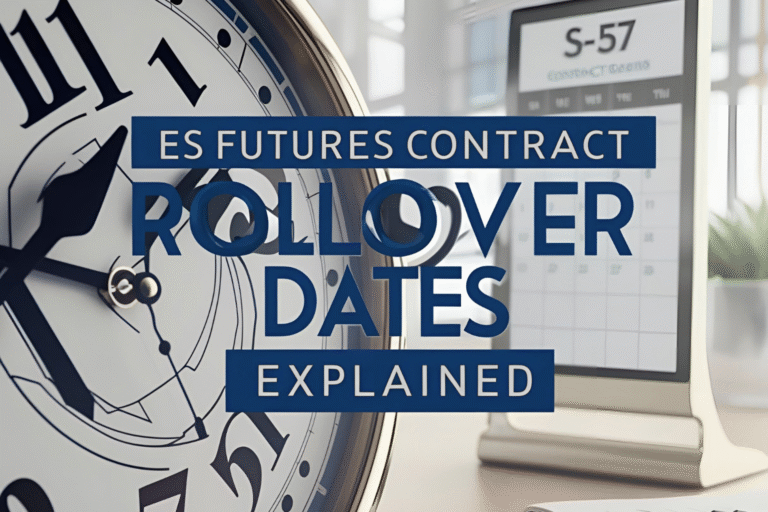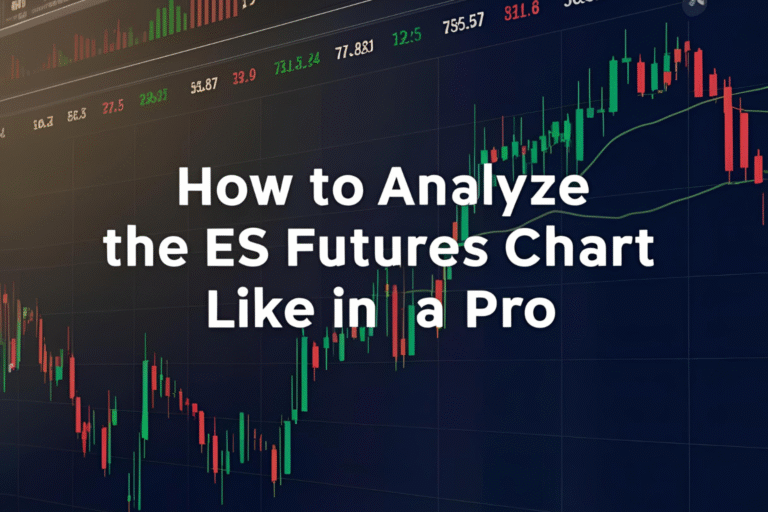How ES Futures Settlement Works: Explained for Traders
If you’re trading ES futures, understanding how settlement works is just as important as entry and exit timing. ES futures contracts don’t settle like stocks or ETFs — they follow a structured process tied to the S&P 500 Index and CME rules.
This guide explains everything you need to know about ES futures settlement, including expiration cycles, how final prices are calculated, and what happens if you hold a contract into expiry.
What Is ES Futures Settlement?
Settlement refers to the process where open ES futures positions are finalized — either by closing the position before expiration or allowing it to reach expiry, where it is settled in cash.
Unlike commodity futures (like crude oil or gold), ES futures are cash-settled, meaning you don’t receive the actual S&P 500 stocks — you receive or pay the price difference between your position and the final settlement value.
ES Futures Expiration Cycle
ES futures follow a quarterly expiration cycle:
- March (H)
- June (M)
- September (U)
- December (Z)
Each contract expires on the third Friday of the expiration month, though trading usually stops the day before (Thursday evening) on CME Globex.
Final Settlement Price
The final settlement price of ES futures is based on the Special Opening Quotation (SOQ) of the S&P 500 Index on expiration day.
Here’s how it works:
- The SOQ is calculated using the opening prices of all 500 stocks in the S&P 500 on the third Friday morning.
- That composite price is used as the final settlement price for the expiring ES contract.
This price is published by the CME as the official final value.
Example
Let’s say you hold a long ES contract entered at 4100.
- On expiration day, the SOQ is calculated at 4125.
- Your profit = (4125 – 4100) × $50 = $1,250 per contract
If the SOQ had been 4080, you’d have a loss of $1,000.
What Happens If You Hold Into Expiry?
If you do not close your position before expiry:
- The contract is automatically settled in cash
- Your account will be credited or debited based on the difference between your position price and the SOQ
- There is no delivery of any shares or assets
Brokers usually warn traders close to expiration, especially if margins are low or the position is unhedged.
Should You Hold ES Contracts Into Expiry?
Most active traders roll over their ES positions to the next month before expiration. Holding into expiry is not risky in terms of physical delivery, but it may:
- Trigger unwanted margin changes
- Expose you to opening volatility on expiration morning
- Cause liquidity issues during contract switchovers
For this reason, many roll forward a few days before expiry, often around the Wednesday of expiration week.
How to Roll Over an ES Futures Contract
To roll over:
- Close your current ES contract (e.g., ESU25)
- Open a new position in the next front-month contract (e.g., ESZ25)
- Adjust your strategy settings if using automated platforms
Some platforms allow automated rollover based on open interest or time remaining.
Final Thoughts
Understanding ES futures settlement is crucial if you plan to trade beyond intraday. Whether you close before expiration or hold through, you need to know how the SOQ affects your P&L and what your broker requires.
If you’re unsure, it’s often best to close or roll your contracts before expiry to maintain smoother trading and avoid surprises.
FAQs
1. What date do ES futures settle?
They settle on the third Friday of the contract month, based on the S&P 500 SOQ.
2. Is ES futures settlement physical or cash-based?
ES futures are cash-settled — no physical delivery of stocks.
3. Can I hold an ES futures contract to expiration?
Yes, but your position will be automatically settled at the final SOQ price.
4. What happens if I forget to roll over my ES contract?
Your position will be closed automatically at expiration and settled in cash, with profit or loss applied to your account.
5. When should I roll my ES contract?
Most traders roll 3–5 days before expiration, usually around the Wednesday of expiration week.
